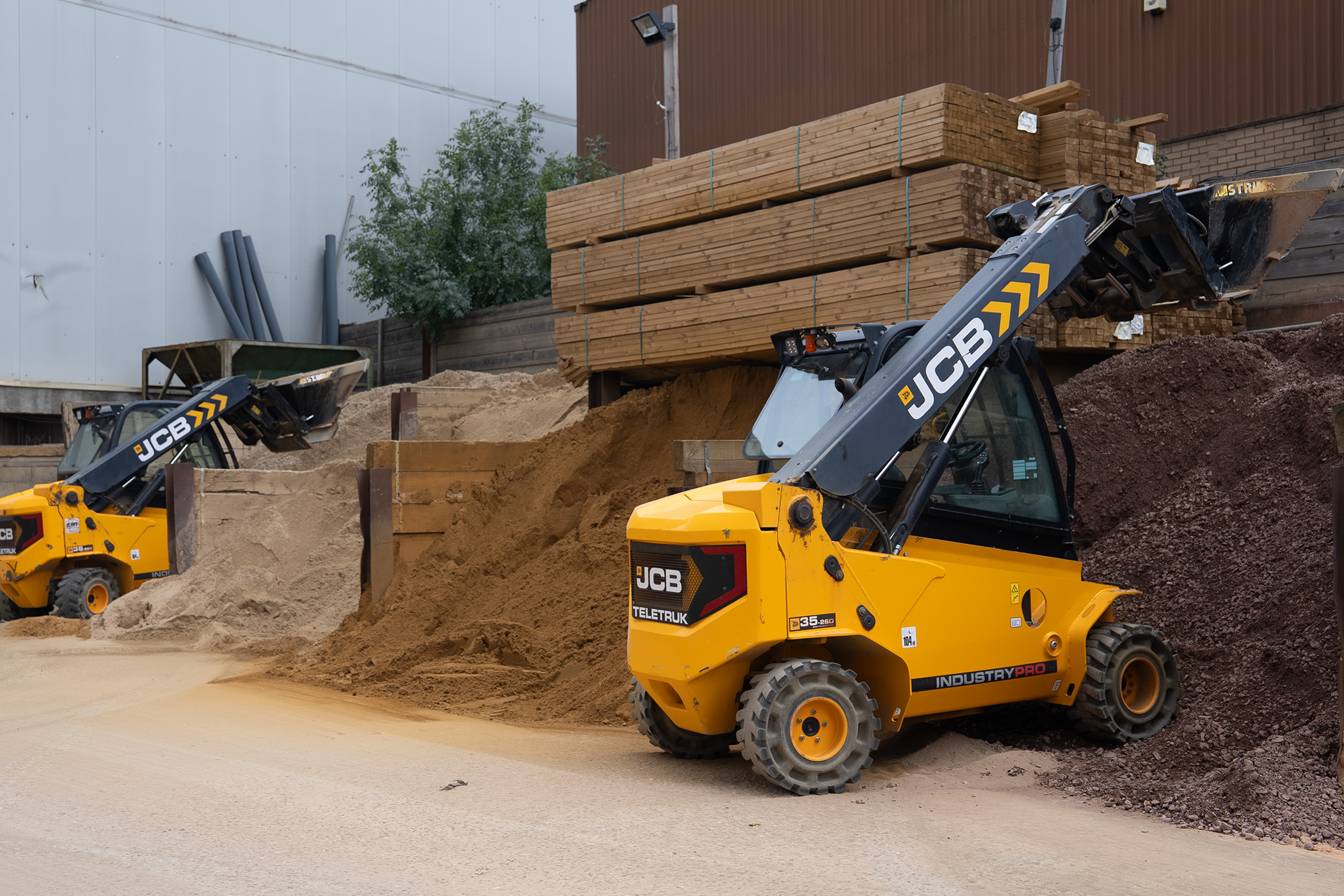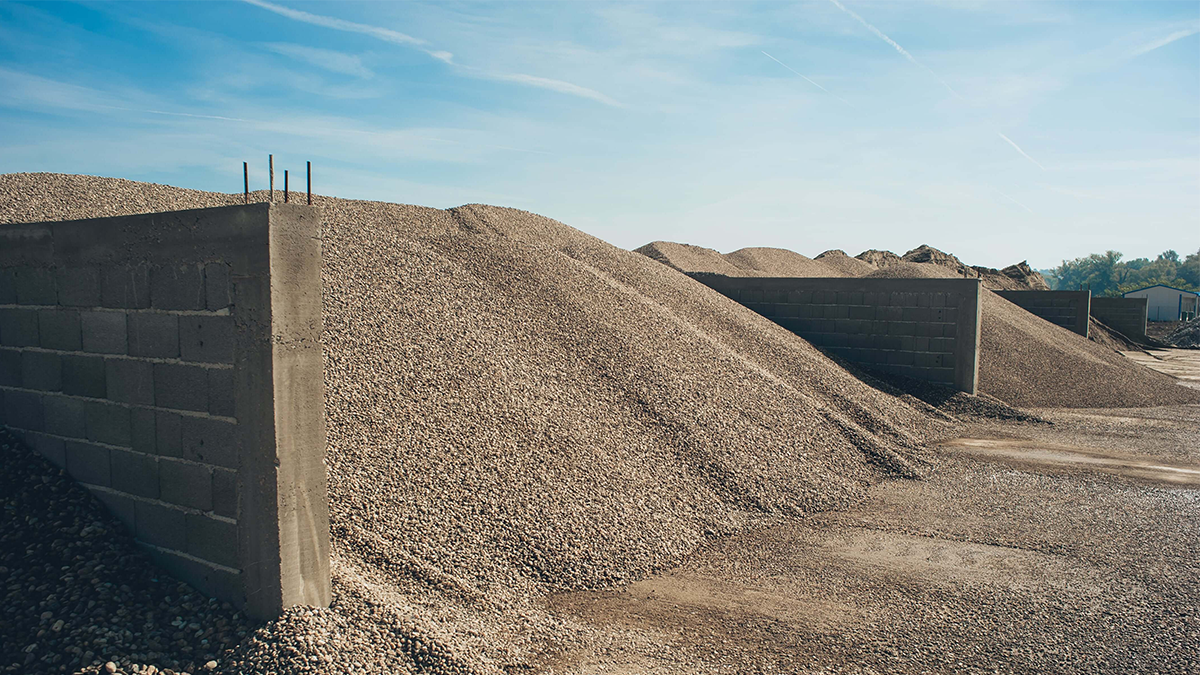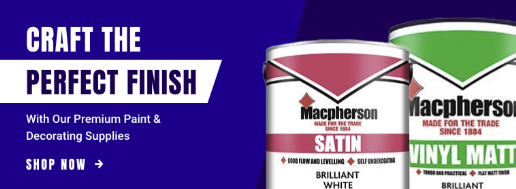If you’ve ever wondered ‘what is aggregate?’, it’s that pile of crushed stone or gravel at the builder’s merchant. It may not be the most glamorous aspect of building work, but aggregate is crucial to almost every construction project you undertake. From the concrete in your foundations to the base under your driveways, aggregate is doing the heavy lifting – quite literally.
At Mitcham Builders Merchants, we supply all types of building materials that builders need across the country, and aggregate is one of our most popular products. We’ve been serving builders nationwide for over 20 years, and in that time, we’ve learned that many people aren’t quite sure what aggregate is or which type they need for their project.
That’s why we’ve put together this complete guide to aggregate. For those new to the trade, understanding aggregate is crucial for choosing the right materials and avoiding costly mistakes.
What Is Aggregate? A Simple Guide For Builders
Understanding aggregate is essential for any construction project. This guide will cover everything you need to know about these fundamental building materials, from what they are to how much you’ll need for your job.
Here’s what we’ll cover:
- What Are Aggregates?
- Types Of Aggregate
- How Much Aggregate Do I Need?
- Choosing the Right Aggregate For Your Project
- Why Choose Mitcham Builders Merchants For Your Aggregate Needs
- The Future of Aggregates
What are aggregates?
Aggregates, such as sand, gravel, and stone, provide strength and stability for construction projects, ensuring durability and support. They provide the foundation for roads, bridges, and buildings while also making up over 90% of an asphalt pavement and up to 80% of a concrete mix.
Simply put, aggregates are granular materials that are used in construction. They’re the bits of rock, sand, gravel, and crushed stone that get mixed into concrete, used as sub-bases for roads and driveways, and help with drainage around buildings.
The word “aggregate” literally means “a whole formed by combining several elements” – and that’s exactly what these materials do. They come together to create a solid foundation that supports everything we build.
To help you understand aggregates better, here’s a helpful video that explains the basics:
Types of aggregate
Not all aggregates are created equal. Different types are designed for various jobs, and using the wrong type can cause serious problems. Here are the most common types you’ll come across:
What is Type 1 aggregate?
MOT Type 1 is the go-to aggregate for any construction project requiring a solid sub-base. If you’re doing any kind of serious construction work, you’ll almost certainly encounter Type 1 aggregate at some point.
Type 1 aggregate, also known as MOT Type 1 (Ministry of Transport Type 1), is a crushed stone material that’s been specifically graded to create a strong, stable sub-base. Type 1 MOT: A crushed stone used as a sub-base for roadways and buildings. It’s known for its good compaction and load-bearing properties.
The particles in Type 1 aggregate range from dust right up to 40mm stones. This variety in size is crucial because when it’s compacted, the smaller particles fill the gaps between the larger ones, creating a firm and stable foundation.
Where Is Type 1 Used?
Type 1 is the workhorse of the construction industry. You’ll use it for:
- Road sub-bases: Every road you drive on probably has Type 1 underneath it
- Building foundations: Providing a stable base for concrete foundations
- Driveways: Creating a solid base that won’t sink or shift
- Car parks: Supporting the weight of vehicles without breaking down
- Hardstanding areas: Any area that needs to support heavy loads
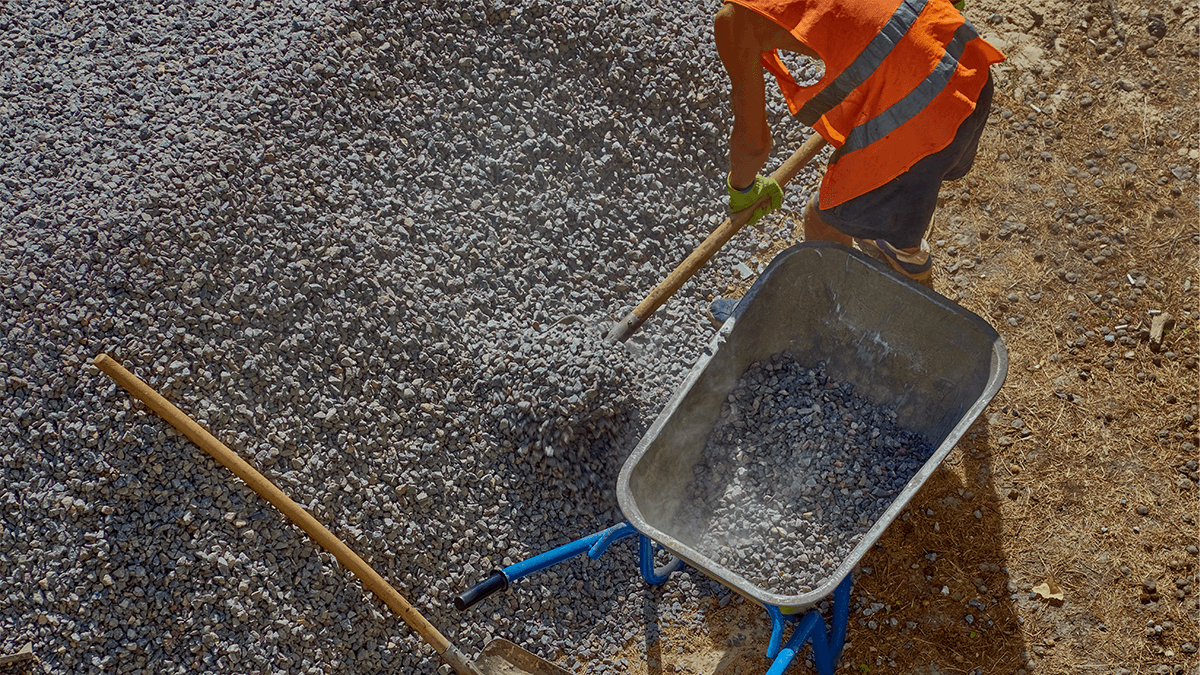
What is Type 2 aggregate?
MOT Type 2 aggregate refers to a form of crushed aggregate that is finer than MOT Type 1. It can be used to provide a hardcore sub-base for a wide array of commercial and domestic projects.
Type 2 aggregate is a material typically made from crushed rock but of lower quality than Type 1. Type 1 aggregate is considered of higher quality and is used for more critical applications, whereas Type 2 aggregate is finer and has a higher dust content.
This higher dust content is actually what makes Type 2 useful for certain applications. Type 2 contains more fines and dust than Type 1. Typically, Type 2 is used when the desired finish requires a more compact, tight-knit surface.
Where Type 2 Shines
Type 2 aggregate is perfect for:
- Domestic driveways: When compacted, it is particularly suitable for driveways. Thanks to its favourable drainage properties.
- Garden paths: Where you need a firm surface but not the strength of Type 1
- Base for paving slabs: Providing a level, stable surface for patios
- Landscaping projects: Where you need something that compacts well but isn’t load-bearing

What is Type 3 aggregate?
MOT Type 3 is a coarse, well-graded aggregate material. It is versatile in use and suitable for sports pitches, paving, and pathways due to its excellent drainage ability.
Type 3 aggregate is quite different from Types 1 and 2. This is less dust than Type 1, but still compacts – it’s specifically designed for applications where drainage is the primary concern.
What Makes Type 3 Special
The key characteristics of Type 3 are:
- Larger particle size: Generally 10-50mm stones
- Minimal fines: Very little dust content
- Excellent drainage: Water flows through it easily
- Good stability: Still compacts well despite the larger size
- Angular shape: The stones lock together when compacted

How much aggregate do I need?
This is probably the most common question we get asked at Mitcham Builders Merchants. Getting the quantity right is crucial – order too little, and you’ll be making emergency trips to the builder’s merchants; order too much, and you’re wasting money and space.
The Basic Calculation
The amount of aggregate you need depends on three things:
- The area you’re covering (length × width)
- The depth you need
- The type of aggregate you’re using
Here’s the basic formula: Volume = Length × Width × Depth
But remember, this gives you the volume in cubic metres, and aggregate is often sold by the tonne. Different types of aggregate have different densities, so you’ll need to convert between volume and weight.
Real-World Example
Let’s say you’re building a driveway that’s 10 metres long and 3 metres wide, and you need a 100mm Type 1 sub-base:
Area: 10m × 3m = 30 square metres
Volume: 30 square metres × 0.1m depth = 3 cubic metres
Weight: 3 cubic metres × 2.1 tonnes per cubic metre = 6.3 tonnes
So, you’d need approximately 6.3 tonnes of Type 1 aggregate.
Choosing the Right Aggregate For Your Project
With so many different types of aggregate available, choosing the right one can feel overwhelming. But if you understand what each type is designed for, the choice becomes much clearer.
Consider Your Application
The first question to ask is: what exactly are you building? Different applications have different requirements:
- Heavy-duty applications (roads, industrial floors): Type 1 is usually your best bet
- Domestic driveways: Type 1 for the base, possibly Type 2 for the top layer
- Drainage systems: Type 3 is specifically designed for this
- Landscaping: Type 2 often works well for paths and decorative areas
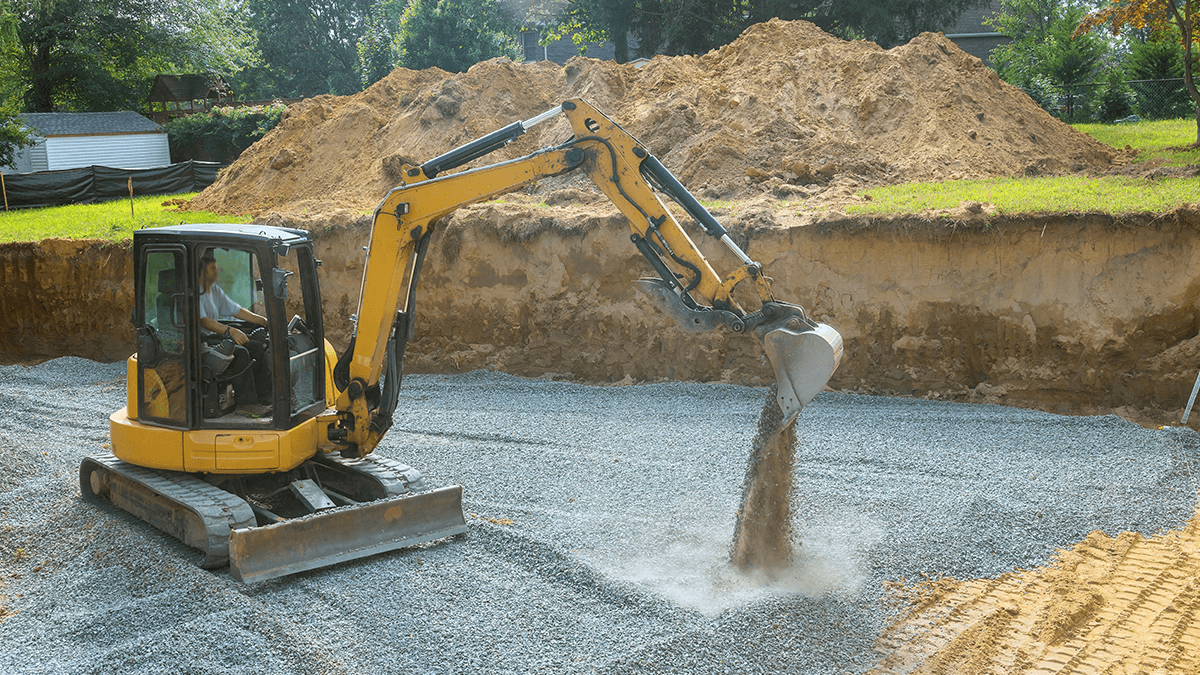
Why Choose Mitcham Builders Merchants for Your Aggregate Needs
As one of the leading builders’ merchants in South London serving customers nationwide, we understand what builders need across the country. We’ve been supplying building materials in Croydon to tradespeople and builders across the UK for over 20 years. With our extensive experience, we know aggregates inside and out.
Quality You Can Trust
We work with established suppliers to ensure our aggregate meets proper standards. Whether you need Type 1 for a major construction project or Type 3 for a drainage system, you can count on consistent quality.
Expert Advice
Our team knows aggregates. We can help you choose the right type for your project, calculate how much you need, and advise on the best application methods. We’re not just selling materials – we’re helping you get the job done right.
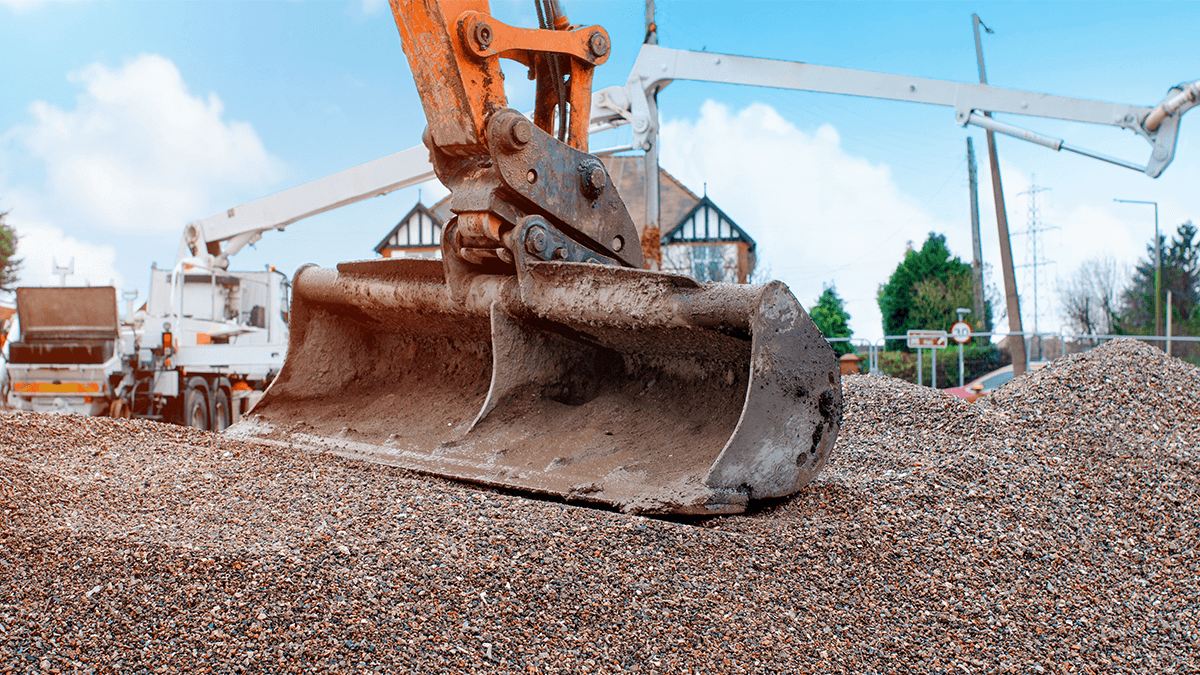
Competitive Pricing
We keep our prices as competitive as possible without compromising on quality. We understand that margins are tight in construction, and we want to help you stay profitable.
Reliable Delivery
When you need aggregate, you usually need it on a specific day. We take pride in our reliable delivery schedules, which keep your projects on track.
Local Knowledge
Being based in South London but serving customers nationwide, we understand different regional conditions and requirements. We know what works in various areas and can provide tailored advice accordingly.
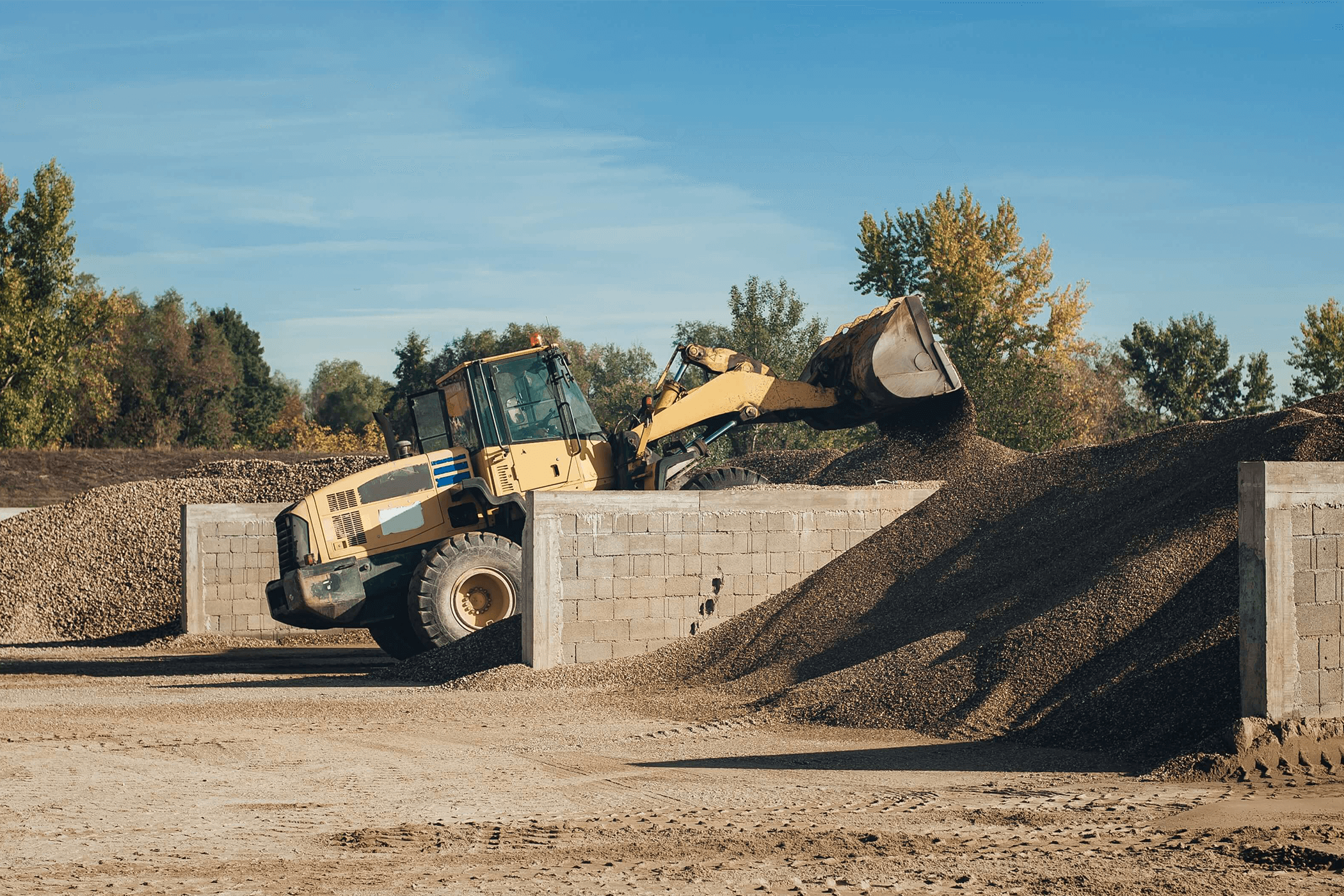
The Future of Aggregates
The construction industry is always evolving, and aggregates are no exception. We’re seeing increasing interest in recycled aggregates as builders look for more sustainable options. We’re also seeing new types of aggregate being developed for specific applications.
At Mitcham Builders Merchants, we stay up to date with these developments so we can offer our customers the latest and best options. Whether you’re interested in traditional aggregates or want to explore more sustainable alternatives, we’re here to help.
Get Your Aggregate Right with Mitcham Builders Merchants
Understanding aggregate might not be the most exciting part of construction, but it’s one of the most important. Get it right, and you’ll have a solid foundation for your project that will last for decades. Get it wrong, and you’ll be dealing with problems for years to come.
Whether you need Type 1 for a major construction project, Type 2 for a driveway, or Type 3 for drainage, we’ve got you covered. As your trusted builder’s merchants serving customers nationwide, we’re here to help you choose the right aggregate for your project and get the quantities spot on.
Need aggregate or other building supplies Croydon builders and customers nationwide depend on? Come and see us at Mitcham Builders Merchants, or get in touch to discuss delivery options. Our team is ready to help you get your project off to a solid start with the right aggregate for the job. After all, every great building starts with a great foundation – and that foundation starts with the right aggregate.





